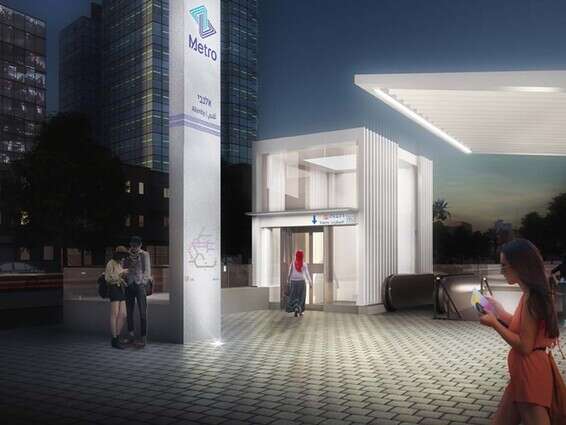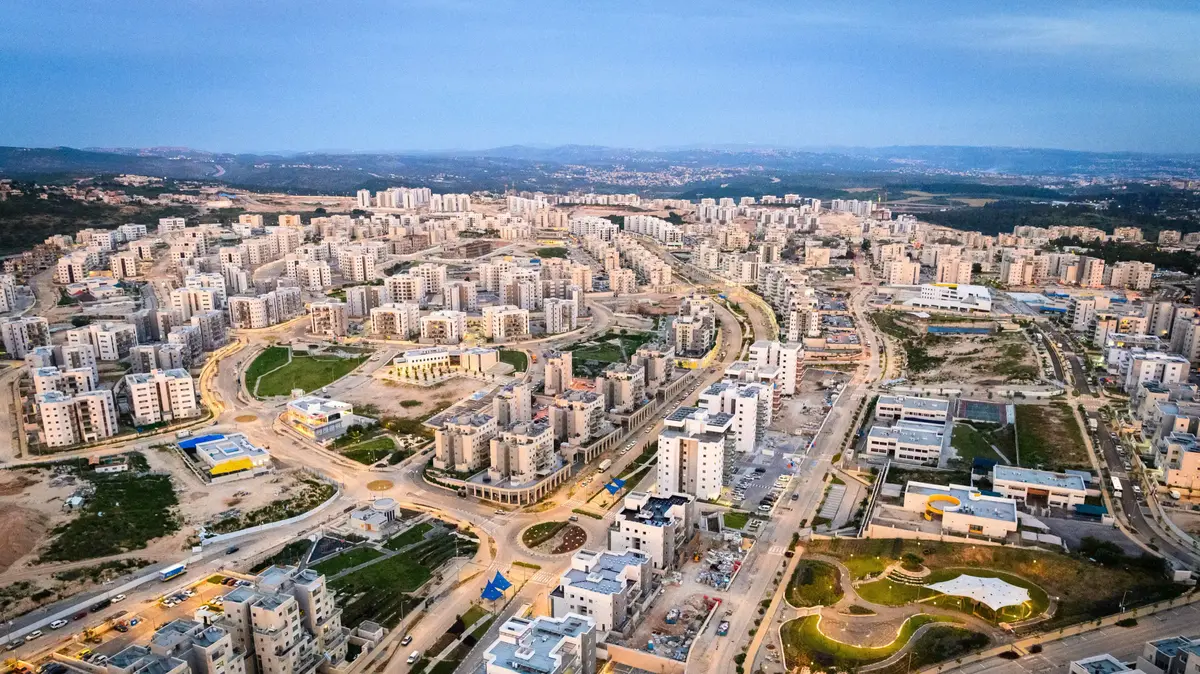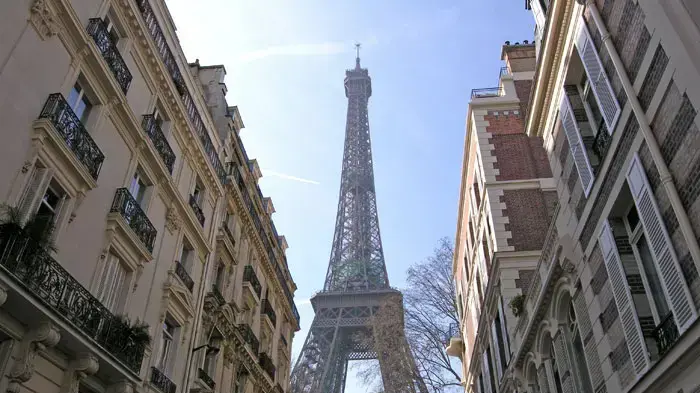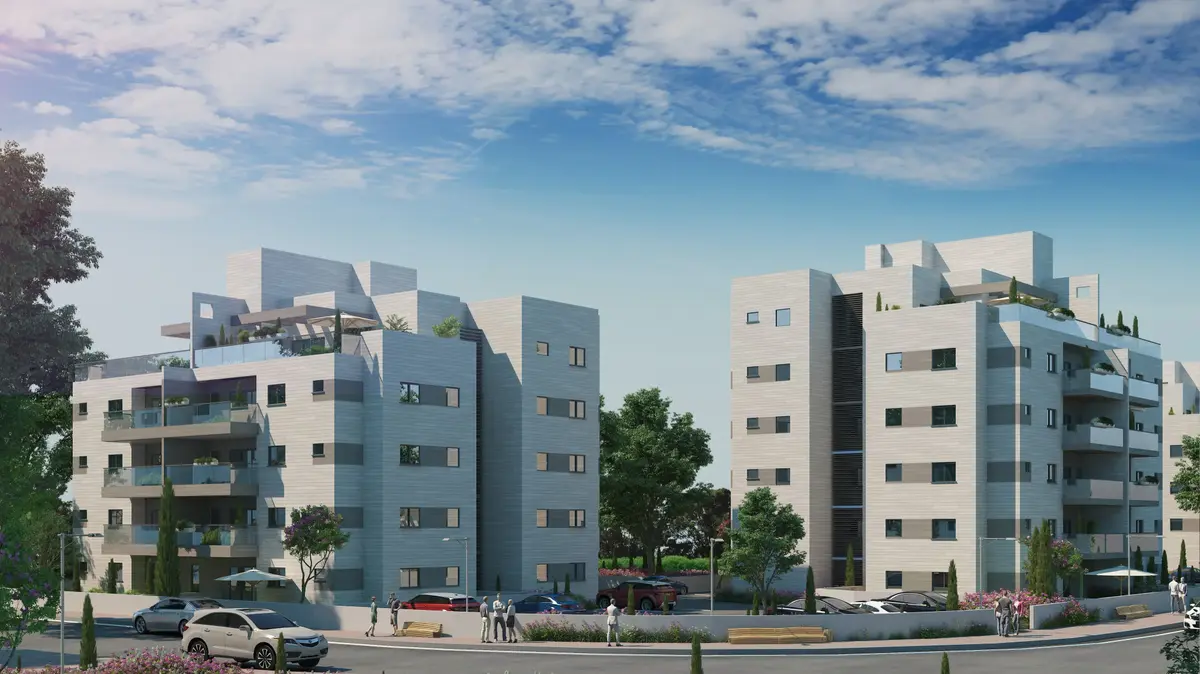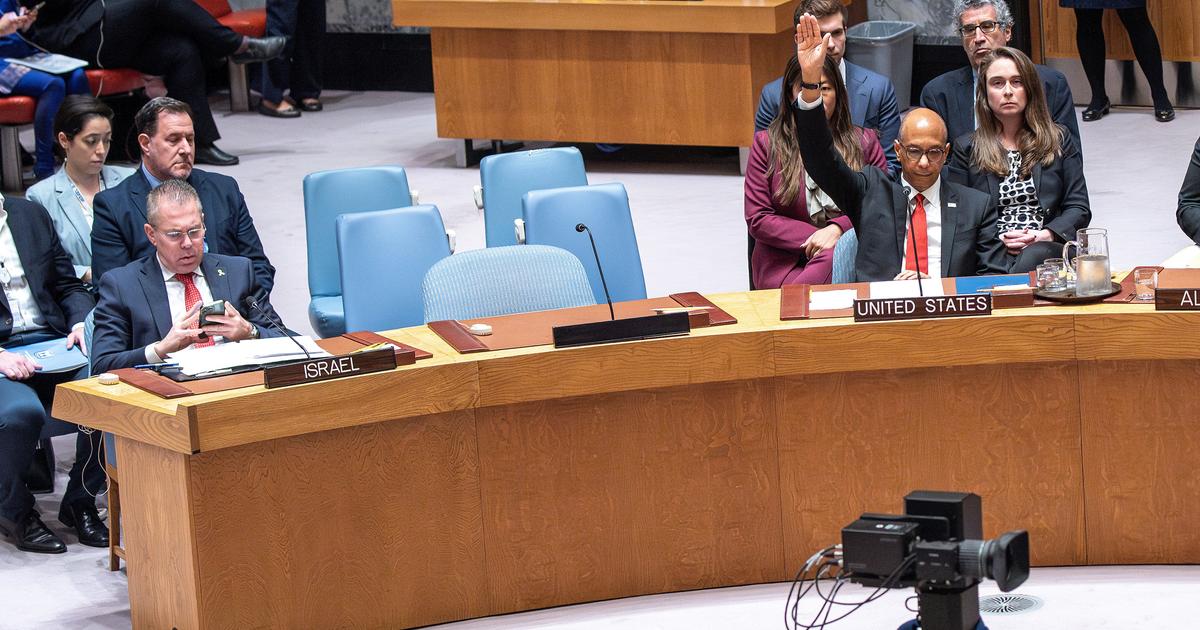The metro plan includes three subway lines, which will connect the cities of the center to Tel Aviv. Investment: 150 billion
2 million passengers a day
Photo:
NATA (Imaging)
Produced by the Department of Special Supplements
These days, one of the largest infrastructure plans known to the State of Israel - the Gush Dan metro system - is being discussed. About 150 kilometers of subways on three lines with 108 stations. About 2 million passengers are expected to travel by metro every day. The big advantage: connectivity to the Israel Railways, the light rail lines and the bus system. The imaginary cost: NIS 150 billion. Expected completion: 2035.
Now let's think again, we are in the State of Israel. What are the chances that in 15 years we will be able to travel here by metro? Even the light rail is postponed every few years for a year or two from the days when Finance Minister Silvan Shalom announced that Otto would operate. Only recently was the opening of the red line postponed for another year on the Corona excuses.
Could the metro be surprising? The mandate was obtained from the Ministry of Transport in a government decision, and now the approval of the establishment is in the Metro Law (part of the Arrangements Law).
It should be noted that the completion of the program was completed in a record time of one year. The chairman of Hotal and the National Council for Planning and Construction at the Ministry of the Interior, Mordechai Cohen, rejected one part of the plan's approval - M1 North, which includes the northern depot near Kfar Saba, due to opposition from residents. We are now waiting for a counter-proposal from the residents of Kfar Saba and the area, who are preparing an alternative to the depot location. A discussion on the subject will take place in a few weeks.
The entire system was designed by the team of planning directors at NATA, headed by the Katz Foundation, the deputy director of planning. The planning team recently joined the Metro Administration, which was established in NATO and is headed by Meir Shmara.
A special report commissioned by the Ministry of Finance, compiled by a team of experts with the participation of Dr. Nir Sharav and Dr. Yoram Shiften, under the heading Economic and Social Benefits from the Metro, reveals that the benefit to the economy will be more than NIS 33 billion per year. , The economic development of the areas adjacent to the metro route and a reduction in private car ownership.
Regarding social benefits, the study notes that a substantial improvement in public transportation benefits all sections of the population and aids a more equitable distribution of mobility and transportation infrastructure. A population with a low socio-economic level will enjoy greater accessibility to employment centers.
Metro lines
The metro system consists of three lines.
M1 - 85 km, 62 stations. Passes on the north-south axis and connects the northern and southern cities in the metropolis to the center of Tel Aviv. The line is expected to serve 14 local authorities.
2M - 26 km, 22 stations. Passes on an east-west axis and connects the cities of the middle and inner ring to the core of the metropolis. The line is expected to serve 7 local authorities.
Combining the stations with urban development // Photo: NATA (simulation)
M3 - 39 km, 24 stations. A semi-annular line, which connects the radial metro lines and other mass transit lines in the Gush Dan metropolitan area and creates a perimeter network structure. Divided into a main line and an extension to Ben Gurion Airport. 11 local authorities are expected to serve.
The metro system will operate in complete separation (underground) from the other systems, while it interfaces with them along the lines. In other words, there will be common stations for the metro and the light rail in Tel Aviv, as well as connectivity to the Israel Railway stations.
The metro lines will operate frequently and bridge significant distances - from Raanana and Kfar Saba in the north, to Lod and Rehovot in the south, as well as Petah Tikva and Yehud in the east. The metro will carry a larger number of passengers at a higher average speed relative to the light rail.
Route and station planning
How is the route and location of the stations determined?
First, the main centers that the line will serve (at the local, metropolitan and even national level) were located, as well as the connection centers to the other transportation systems in the area (Israel Railways, light rail, buses). This is with the aim of creating accessibility, mobility and connectivity to those centers for all residents of the metropolis and to enable optimal service.
The continuation of the process included reference to a set of critical considerations, including engineering considerations, such as locating a station on a straight section and creating a route that would allow for maximum travel speed, as well as urban considerations such as locating station stops.
Why does not the entire route pass under the roads?
The route of the metro line passes, as far as possible, on approved lanes. Due to engineering considerations in the delineation of the line and out of a desire to place stations in places where the service will be optimal, it is sometimes necessary to move under other land uses. We emphasize that the transition is made in mining that is not felt on the ground.
An alternative for those who do not want to get stuck in a traffic jam // Photo: NATA (Imaging)
What will the stations look like and how will they affect the street?
The stations will include entrance / exit buildings at street corners. These buildings will be integrated with the urban development in their area and will include accesses to stations via stairs, escalators and lifts. The design of the station building at the interface with the street has not yet been finalized, but of course emphasis has been placed on the design out of an understanding of the station's impact on its surroundings. The duration of construction is estimated at 3 to 4 years for an underground structure of each station.
Assets, expropriations and compensation
What is the answer to citizens from whom assets will be expropriated? How do you prepare for compensation?
NATA acts in accordance with the law and the guidelines of the competent bodies in the Government of Israel. NATA works to reduce any damage or injury, and to the extent that questions are caused, they will be dealt with in accordance with the provisions of the law.
Building permits and urban renewal along the planned route have been halted. After all, the metro is still years away from execution, and in the meantime the projects are frozen. What should we do?
Building restrictions have been set that will ensure the realization of the metro, and at the same time will allow the construction of projects for urban renewal in its vicinity. Every project that is built in the vicinity of the route and the station is required in coordination and approval with Nata. We invest every effort to examine each case individually, to delve into it constructively and give an opinion after considering all the considerations and seeing the coexistence of the two projects.
I purchased a lot that goes over the metro route. How does the program affect me?
Guidelines for advancing planning and building permits depend on the location of the lot along the route and vary according to proximity to the station or above the tunnels. You can contact NATA and receive specific instructions for each lot.
Will the value of the properties in the vicinity of the station increase?
The metro plan does not discuss property meanings, which include improving the value of buildings. The issue is enshrined in law. In general, a look at precedents from all over the world shows that metro stations are a catalyst for urban renewal and urban development.
The establishment process
What steps are required until exiting to perform?
Completion of early planning, followed by a detailed planning stage and issuance of the project for the execution tenders.
Will all the lines be built together?
The three metro lines will be built in parallel, with the aim of producing a mass transit network. Given the scope of the project, it is clear that construction phases will be required. Promoting the plans allows for the availability of full routes, in accordance with the Planning and Building Act. The issue of the phases of the construction of metro lines is being examined these days. The segments with the highest demand intensities are likely to get priority in operation.
Map of the metro lines // Photo: NATA
What is the difference between digging the tunnels and building the stations?
The mining work for the tunnels is carried out by TBM machines sent from a shipping shaft. The machine is an underground mobile plant that is logistically fed from the shipping shaft. The machine is designed to handle all the conditions expected underground. The machine mines the tunnel and lays it in a final ditch, which gives it complete stability against underground loads.
The construction of the stations is usually carried out above ground by creating a box built from a series of walls installed around the perimeter of the station. After the walls have been excavated, the excavation is deepened until it reaches the bottom of the station. When you reach the bottom of the station, the construction of the station begins from the bottom to the ground, using the excavation and filling method. After the station ceiling is completed, the street surface is returned to its pre-construction condition.
Noise and dust nuisance
How will the project contribute to the quality of life of the residents?
The metro system is a necessary part of the mass transit system of Gush Dan. The metro is able to move a large number of passengers quickly between major travel hubs (2 million passengers a day). In combination with the other components of the system, the metro will provide a real alternative for those who do not want to move in a private car and get stuck in traffic jams. More importantly, the system will allow mobility for a great many people who cannot drive, and today they are restricted in access to jobs, necessary services and places of entertainment.
As an underground electrical system, the metro will contribute to a significant reduction in pollution and noise on the street. The metro stations will be a lever for intensive urban development in their area and will contribute to urban renewal processes.
How was the company prepared to harm the residents during the establishment period?
A survey was conducted for all metro programs that examined the environmental aspects. The effects of noise in the construction process were examined and solutions for noise reduction and reduction were provided. The solutions are similar to those given on the red and green lines and also included actions of protecting the apartments near the noisy sites. Strict guidelines have been passed to prevent dust hovering, among other things through regular wetting, limiting travel speeds and limiting the spillage of excess dirt during strong winds.
All the work will be done underground?
The tunneling works are carried out underground by TBM tunneling machines, which are not felt on the ground. The organization sites for the operation of the machines and the works for the construction of the underground stations will be felt on the ground. As we experienced in the red line, for these traffic arrangements will be made that will allow life in the city to continue with a routine with minimal disruption.
Anyone who lives above the metro route is likely to feel the underground works and the train ride below?
No nuisance of vibration or noise is expected as a result of the mining works of the tunnels. The machine that performs the work was chosen in part because of the ability to perform work without the effect of vibrations. From our experience in the green and red lines the level of vibrations is well below the standard. Inside the tunnels, vibration damping devices are installed and no deviation of vibration or noise is expected.
Metro operation
How will the interfaces between the various transportation systems be implemented?
The stations are designed in a way that will allow transitions between the various means of transport. The connectivity between the various systems and the creation of a metropolitan transport network formed the basis for planning, so that passengers could use the most convenient means of transportation for them and the transition between them would be as easy as possible.
What is Depot?
The depot is a land area that serves as the center for the operation and maintenance of the carriages. The depot is no different from any other building located in the city for similar uses. The various elements, including maintenance and storage areas, are in covered buildings.
Ongoing activity is not expected to produce exceptional environmental impacts. A separate planning move deals with roofing and construction over the depot areas for urban uses, in coordination with the local authority. This move empowers and improves the area in urban aspects.
As part of the environmental impact survey, surveys and models of the depot's activity and its impact on the residents in its vicinity were conducted. No deviation from the criteria is expected, and no acoustic nuisance is expected as a result of the establishment or operation of the depot. At the detailed planning stage, an additional inspection will be performed and an answer will be given if necessary.
Produced by the Department of Special Supplements

